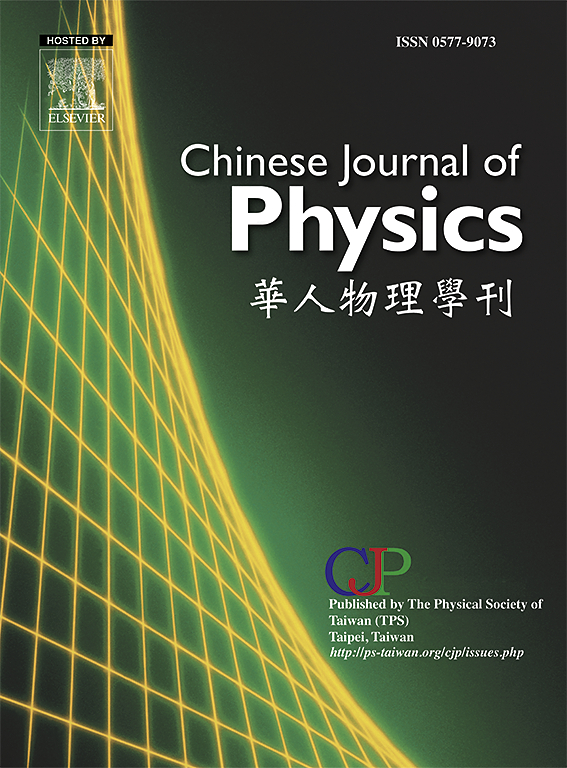基于深度强化学习的火灾场景下机器人辅助行人疏散
IF 4.6
2区 物理与天体物理
Q1 PHYSICS, MULTIDISCIPLINARY
引用次数: 0
摘要
室内火灾给行人的安全疏散带来了巨大挑战。面对火灾危险,行人会本能地寻找其他疏散路线,以避开危险区域。然而,火灾危险区的具体位置和强度会影响行人的决定,导致不同区域的拥堵程度不同。为了应对这一挑战并提高整体疏散效率,本文引入了一种改进的社会力模型来描述火灾场景中的行人运动,并提出了一种利用动态机器人进行行人疏散的方法,其中采用了深度强化学习(DRL)和人机交互(HRI)技术。结果表明,在无机器人场景下,行人会根据火灾危险区的不同位置和紧急程度绕行,导致不同位置的拥堵。在静态机器人场景中,根据火灾危险区的位置和强度,放置在不同位置的机器人会对疏散产生不同的影响。在由 DRL 控制机器人的情景中,由 DRL 和 HRL 控制的机器人总能导航到合适的位置以促进疏散,而不管火灾的位置和紧急程度如何,也不管机器人的初始位置如何。此外,我们的研究结果表明,在大多数情况下,战略性定位的机器人可以通过缓解拥挤和增加行人与火灾危险区之间的距离来提高疏散效率,从而改善行人安全。这项研究为火灾事故中的行人疏散管理提供了实用指导,并为完善火灾现场的疏散策略和安全措施奠定了理论基础。本文章由计算机程序翻译,如有差异,请以英文原文为准。

Robot-assisted pedestrian evacuation in fire scenarios based on deep reinforcement learning
Indoor fires pose a significant challenge to the safe evacuation of pedestrians. In response to fire hazards, pedestrians instinctively seek alternative evacuation routes to avoid the hazard zone. However, the specific location and intensity of the fire hazard zone can influence pedestrians' decisions, leading to varying congestion levels in different areas. To address this challenge and enhance overall evacuation efficiency, this paper introduces an improved social force model to depict pedestrian movement in fire scenarios and proposes a methodology that leverages dynamic robot for pedestrian evacuation, employing Deep Reinforcement Learning (DRL) and Human-Robot Interaction (HRI). The results show that in the no-robot scenario, pedestrians will detour according to the varying locations of fire hazard zones and emergency levels, resulting in congestion at different positions. In the static robot scenario, robots placed in different locations exhibit varied effects on evacuation depending on the fire hazard zones' locations and intensities. In the DRL-control robot scenario, the robot controlled by DRL and HRL can always navigate to the appropriate position to promote evacuation, regardless of the fire's location and emergency levels or the robot's initial placement. Furthermore, our findings reveal that strategically positioned robots can enhance evacuation efficiency by alleviating crowding and increasing the distance between pedestrians and fire hazard zones in most cases, thereby improving pedestrian safety. This study offers practical guidance for managing pedestrian evacuation during fire incidents and establishes a theoretical foundation for refining evacuation strategies and safety measures at fire scenes.
求助全文
通过发布文献求助,成功后即可免费获取论文全文。
去求助
来源期刊

Chinese Journal of Physics
物理-物理:综合
CiteScore
8.50
自引率
10.00%
发文量
361
审稿时长
44 days
期刊介绍:
The Chinese Journal of Physics publishes important advances in various branches in physics, including statistical and biophysical physics, condensed matter physics, atomic/molecular physics, optics, particle physics and nuclear physics.
The editors welcome manuscripts on:
-General Physics: Statistical and Quantum Mechanics, etc.-
Gravitation and Astrophysics-
Elementary Particles and Fields-
Nuclear Physics-
Atomic, Molecular, and Optical Physics-
Quantum Information and Quantum Computation-
Fluid Dynamics, Nonlinear Dynamics, Chaos, and Complex Networks-
Plasma and Beam Physics-
Condensed Matter: Structure, etc.-
Condensed Matter: Electronic Properties, etc.-
Polymer, Soft Matter, Biological, and Interdisciplinary Physics.
CJP publishes regular research papers, feature articles and review papers.
 求助内容:
求助内容: 应助结果提醒方式:
应助结果提醒方式:


